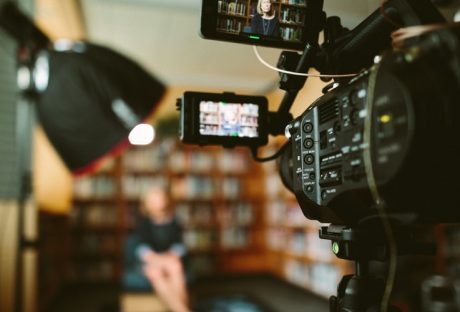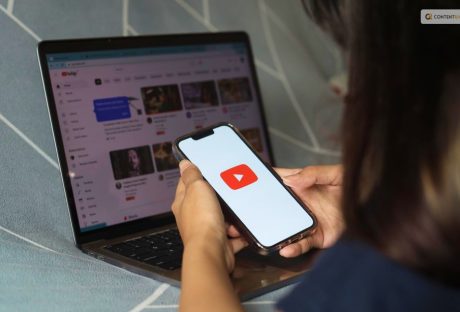Anthropologie is set to launch a holiday showhouse in Brooklyn Heights. It will be showcasing fall furniture and seasonal decor within home settings. It will also be integrating digital elements with QR Codes.
The company is using Pinterest as a visually influencing partner for this project. Customers will be able to make purchases directly from online shoppable boards with QR codes placed all about the place. Scanning them will take you to Anthropologie’s Pinterest profile
Pinterest creators like Brigette Romanek, Mallory Fletchall, Benjamin Reynaert, and Whitney Leigh Morris will be part of the campaign. It will be an influencer-driven social media event featuring Anthropologie items used by the influencers.
Elizabeth Preis, global chief marketing officer at Anthropologie Group, says the company’s goal is “to create an immersive, out-of-store experience for our AnthroLiving customers to come in, explore, and get inspired.”
They have chosen Pinterest as their partner so they can reach a “new, eager, and excited audience.” Pinterest’s creative collaborations and trend analytics drew them to the social media platform.
Opening on October 11, the holiday showhouse by Anthropologie and Pinterest will end on October 15. Appointments can be scheduled between 10 a.m. and 6 p.m. for shoppers.
Stylists, too, will be available to help with any queries you might have with shopping and decor. Anthropologie will ensure stylists help you out.
Elizabeth has said, “At Anthropologie, we are driven by creativity, curiosity, and community, and more importantly, inspiring those values in our customers,” continuing further, “The holiday season is when the true magic of our brand comes to life… Pinterest was the perfect partner for us to bring this activation to life and through their trend analytics, and creator partnerships, we look forward to reaching a new, eager, and excited audience.”
Aaron Mutscheller, President of Anthropologie Living and Terrain, explained, “Our ambition is to inspire our community from first click, and first step, with exceptional design and quality always at our core. With the holiday season upon us, we felt it was the perfect time to showcase the latest furniture and seasonal décor so that our customers will have the inspiration and required resources to thoughtfully curate their personal sanctuaries. Through our carefully chosen assortment of products, coupled with our emphasis on ‘scaping’ for a season of celebrations, we look forward to inspiring our customers to design their spaces with memorable experiences in mind.”
Learn More About:






















